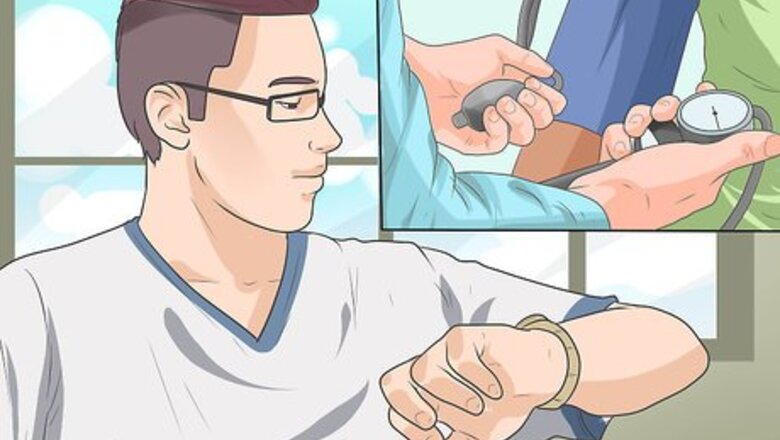
views
X
Trustworthy Source
Mayo Clinic
Educational website from one of the world's leading hospitals
Go to source
Getting Accurate Blood Pressure Readings
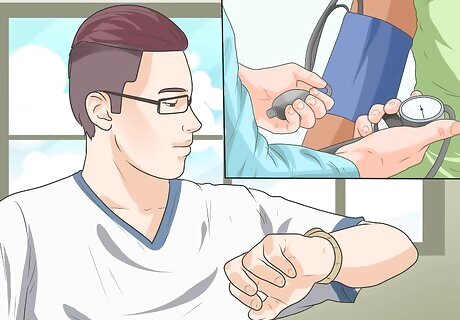
Measure at the same time every day. Test your blood pressure at the same time every day. This helps ensure the most accurate reading. Consider measuring your blood pressure when you are most relaxed — in the mornings and evenings. You may also want to ask your doctor the best time to run the test for your purposes.

Get ready to monitor your blood pressure. Different factors can influence your blood pressure. Getting yourself ready to take the reading can ensure you get the most accurate readings. Before you test: Make sure you’ve been awake and out of bed for at least 30 minutes. Stay away from food and beverages 30 minutes before the test. Avoid caffeine and tobacco for 30 minutes before you test yourself. Avoid any type of physical activity or exercise for 30 minutes before testing. Make sure to empty your bladder. Make sure to read the device instructions before you do any testing.

Sit properly for the test. It’s important to maintain proper arm and body positioning before and during your test. Sitting in a supported and upright position helps ensure the most accurate reading. In addition, you may want to sit and relax for a few minutes to help stabilize your pressure and further prepare yourself to get an accurate reading. Avoid moving or talking when you’re taking your blood pressure reading. Sit upright with your back supported. Place and keep your feet flat on the floor without crossing your legs. Place the cuff directly above the eye, or crook, of your elbow. Support the cuffed arm on a table, desk, or the arm of a chair. Keep it at the level of your heart by propping it up with a pillow or cushion.
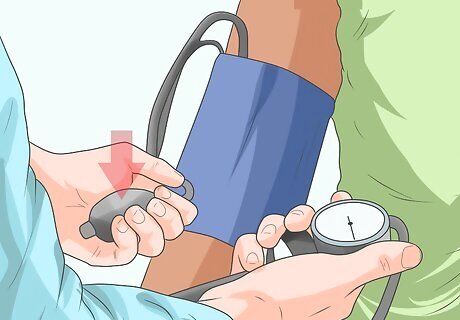
Inflate the cuff to test. After you’re comfortable and have sat quietly for a few minutes, start the test. Turn on the machine or test as calmly as you can so that you don’t elevate your pressure. Remove the cuff and/or abort the test if the cuff becomes uncomfortable, too tight or if you get lightheaded at any point.
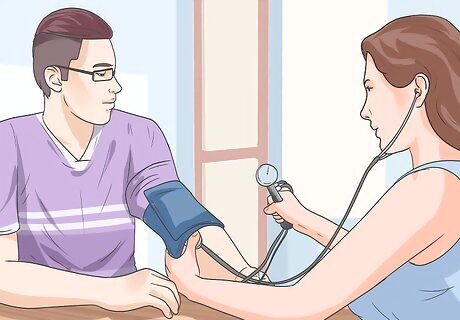
Remain calm. During the test, avoid moving or talking and remain as calm as possible. This can help you get the most accurate reading. Stay in the same position until the testing stops, the cuff deflates, or the monitor displays your blood pressure.

Take off the cuff. Wait for the cuff to deflate and take it off your arm. Make sure to not move suddenly or quickly. You may be slightly lightheaded after you take off the cuff, but this sensation should go away relatively quickly.
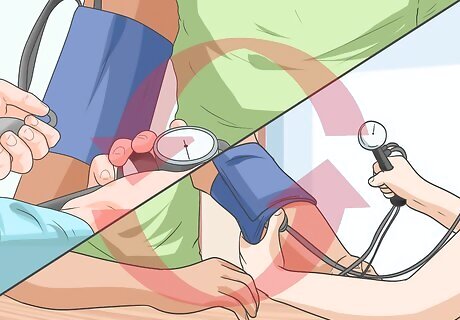
Do additional tests. Run one or two additional test after your first reading. This can ensure you get the most accurate blood pressure reading. Wait a minute or two in between each test. Follow the same procedure for each of the readings you do.

Write down your results. It’s important to record your test results when you’re done with each test. Write down any relevant information in a notebook or save it in your monitor if possible. The results can help you figure out the most accurate reading of your pressure, identify potentially problematic fluctuation. Note the reading and the time and date of the test. For example, “January 5, 2016 at 6:20am 110/90.”
Interpreting Your Test Results
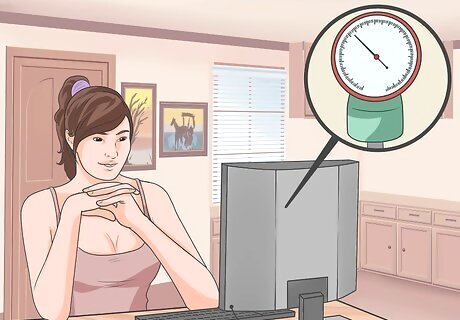
Recognizing blood pressure reading features. Your blood pressure reading is made up of two numbers, a top and bottom one. The top number is called the systolic pressure and the bottom one is the diastolic. The systolic number shows how hard the pressure is when your heart has to pump blood, while the diastolic number is the pressure when your heart is resting between beats. Read the number as, for example, “110 over 90.” You may see a mmHg after the number, which stands for the millimeters of mercury, or the units used to measure your blood pressure. Be aware that most doctors will pay more attention to the systolic pressure (the first number), as it is a better measure of the risk for cardiovascular disease in people over the age of 50. The systolic number generally increases with age because of factors such as increasing stiffness in the large arteries, long-term build up of plaque, and increased frequency of cardiac and vascular diseases.
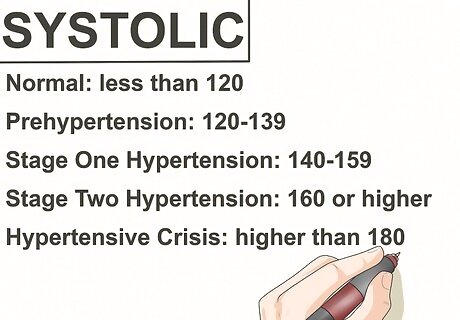
Identify your systolic averages. You’ll likely be checking your blood pressure every day over time. This may be because your doctor is concerned about your blood pressure and related cardiac or vascular diseases. Figuring out the general range of your systolic blood pressure can help you identify potential fluctuations and health issues. The categories of systolic pressure range are: Normal: less than 120 Prehypertension: 120 – 139 Stage One Hypertension: 140 – 159 Stage Two Hypertension: 160 or higher Hypertensive Crisis: higher than 180
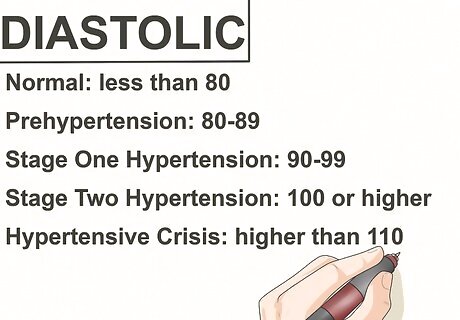
Determine your diastolic averages. Even though doctors pay a little bit more attention to the systolic number, your diastolic number is also important. Watching the general range of your diastolic pressure can also indicate potential problems, including hypertension. The categories of diastolic pressure range are: Normal: less than 80 Prehypertension: 80 – 89 Stage One Hypertension: 90 – 99 Stage Two Hypertension: 100 or higher Hypertensive Crisis: higher than 110
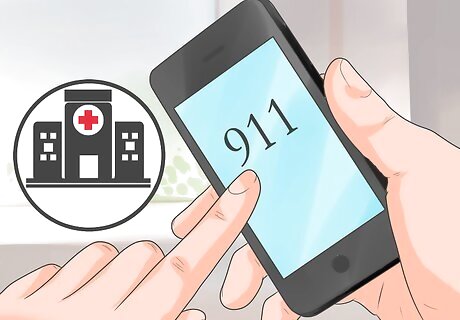
Seek emergency care immediately in hypertensive crisis. Although most people will measure and watch blood pressure over time, there are some instances when a rapid spike in either systolic or diastolic pressure requires immediately medical attention. This can ensure that your blood pressure is brought back to normal and minimizes the risk of severe health consequences such as heart attack and damage to your organs. Take a second reading if you get one high reading. Seek immediate medical attention if second reading is a systolic pressure over 180 or a diastolic over 110. You may have one number high and the other one normal or both could be high. Either way, it’s important to get medical attention as soon as possible. Be aware that you may experience physical symptoms such as severe headache, shortness of breath, nosebleeds, and severe anxiety with a high systolic or diastolic reading.
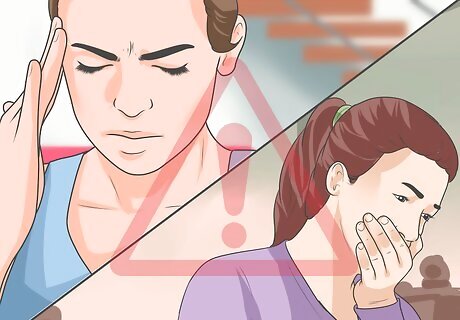
Avoid neglecting very low-blood pressure readings. Most doctors don’t consider low pressure (for example, a reading of 85/55) a problem unless it is accompanied by noticeable signs and symptoms. Just as with hypertensive crisis, take two readings if you have a very low reading. Contact your doctor as soon as possible if you have two low readings and any of the following symptoms: Dizziness or lightheadedness Fainting, or syncope Dehydration and unusual thirst Lack of concentration Blurred vision Nausea Cold, clammy, and pale skin Rapid, shallow breathing Fatigue Depression
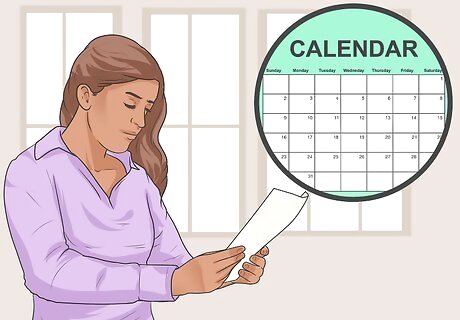
Watch results over time. In most cases, you’ll be checking your blood pressure results over time. This can give you a sense of what is normal for you as well as factors that may contribute to it such as stress or activity. Keep your doctor informed of your readings as necessary or give her a copy of your records for your medical file. Keeping an eye on your average readings over time can also indicate possible problems for which you need medical attention. Be aware that one abnormal reading doesn’t necessarily mean you have high or low blood pressure; however, if levels stay at the same reading over a few weeks or months, it’s important to see your doctor to rule out underlying medical conditions. Remember to not wait too long to get medical attention so that you minimize the risk of serious health problems.

See your doctor. Regular checkups are important to the health and wellbeing of any person. If you have issues with your blood pressure or notice fluctuations in your usual reading, this is especially true. If you have high or low blood pressure readings over the course of a few tests, schedule and appointment with your doctor. This can decrease the risk of developing conditions that can harm your heart and brain. Call your doctor if you have questions or are unsure of anything related to your blood pressure or readings your get. It’s better to be safe than sorry.


















Comments
0 comment